In the real estate industry, one of the primary issues at the root of recent litigation is the phenomenon of steering – the practice where some agents or brokers guide buyers toward properties with the highest commission payouts. Steering not only raises ethical concerns but also diminishes buyer autonomy and can skew market competition, limiting options based on agents’ interests rather than buyers’ needs.
The Paris Paradigm, particularly through its innovative NEGOTIATOR® model, addresses this challenge directly. Here, we explore the key factors that differentiate the NEGOTIATOR® model from traditional paradigms and how it is designed to eliminate steering entirely.
The Core Differences Between NEGOTIATOR® and Traditional Models.
Several elements set the NEGOTIATOR® model apart from the traditional real estate approach, and these elements collectively work to prevent steering.
Property-Specific Contracts: Ensuring Buyer-Driven Choices
In the traditional model, buyers’ agents are often verbally contracted to show multiple properties, with their compensation based on the final sale. This structure allows room for steering, as agents might subtly prioritize higher-commission listings. In contrast, the NEGOTIATOR® model requires agents to enter property-specific contracts with the buyer.
In the Paris Paradigm, buyers independently select the property they are interested in before the NEGOTIATOR® steps in to negotiate on their behalf. By focusing on a certain, buyer-chosen property, there is no room for steering since the buyer’s choice is finalized before negotiation begins. This shift ensures the buyer’s preferences are primary, minimizing any external influence on the decision.
Inverse Commission Structure: Transparency in Negotiation and Compensation
Unlike the traditional commission model, where agents’ earnings are a percentage of the property’s sale price (potentially motivating them to close higher-price deals), the NEGOTIATOR® model introduces an Inverse Commission™. This model aligns the agent’s compensation directly with savings they secure for the buyer, known as the GAP. The larger the savings achieved, the greater the NEGOTIATOR®’s commission, incentivizing them to negotiate the best possible terms for their client.
The Inverse Commission™ is transparent: the buyer is informed of the exact GAP in each property negotiation and understands precisely how the NEGOTIATOR® will be compensated. This structure makes the NEGOTIATOR®’s financial motivation clear and directly aligned with the buyer’s interest in a favorable purchase price, with no hidden fees or incentives.
Unlike the traditional model, where the buyer agent’s compensation based on the total property price could conflict with the buyer’s interests, the Inverse Commission model fully aligns the interests of the buyer and their agent (NEGOTIATOR®).
The Inverse Commission™ vs. Traditional Model
In the traditional model, a real estate agent’s compensation is set in advance, prior to negotiations, which often contributes to steering. In contrast, the Inverse Commission™ model offers a fully transparent compensation method, clear to both the buyer and the NEGOTIATOR®. However, the final amount is determined by the NEGOTIATOR®’s efforts and is calculated post-negotiation.
The NEGOTIATOR® Model and Buyer-Driven Bidding
In the NEGOTIATOR® model, because the Highest Estimated Value (HEV) can be validated through a buyer-driven bidding process, properties with a high potential for discount or GAP become transparent to the buyer and will not be the target for the steering. This process effectively normalizes the HEV through competitive bidding, placing downward pressure on inflated values and high GAP properties. This will ensure, NEGOTIATORs® are not over compensated and their advice to the buyer is driven by a normalized and logical potential for the compensation.
How the NEGOTIATOR® Model Restores Buyer Trust and Market Transparency ?
By eliminating the agent’s control over property selection and aligning their compensation with buyer savings, the NEGOTIATOR® model fosters a more transparent, buyer-centered real estate process. Buyers can be confident that their agents are negotiating on their behalf without any hidden motives. The combination of AI-guided navigation and the Inverse Commission™ model sets a new standard in real estate, focusing squarely on buyer satisfaction and ethical agent conduct.
In an industry that has faced scrutiny over steering practices, the Paris Paradigm offers a solution that not only empowers buyers but also holds agents to a higher standard of transparency and integrity. This model not only addresses past criticisms but also positions real estate transactions to be more equitable and buyer-focused in the future.
